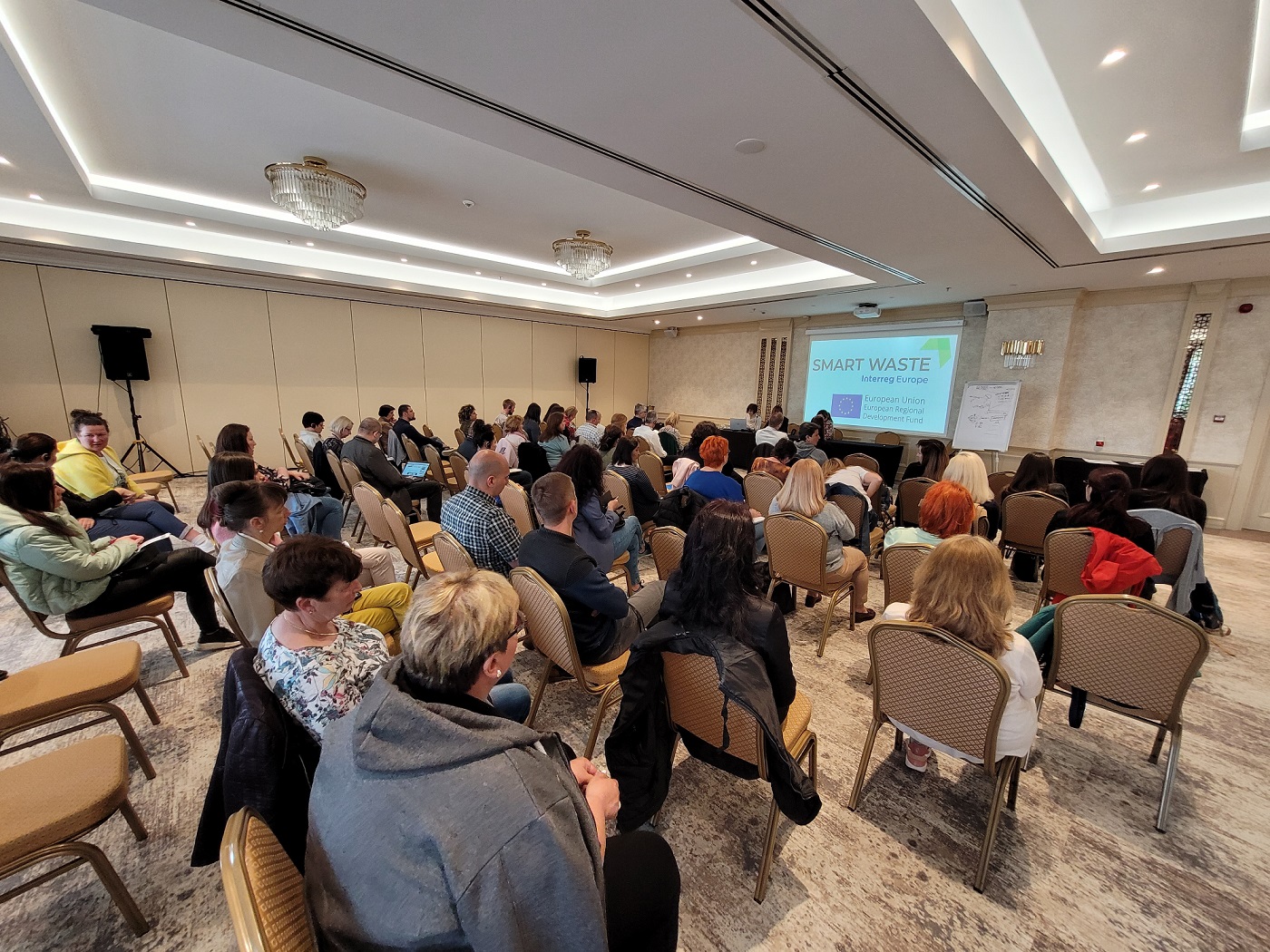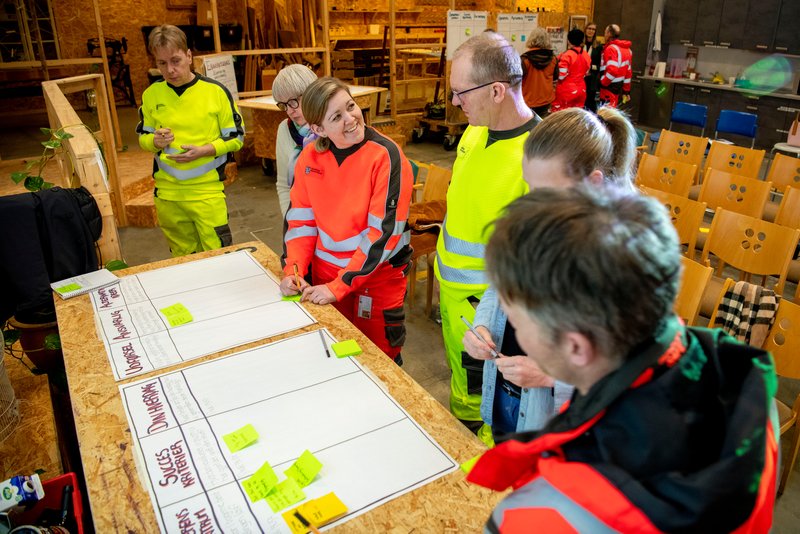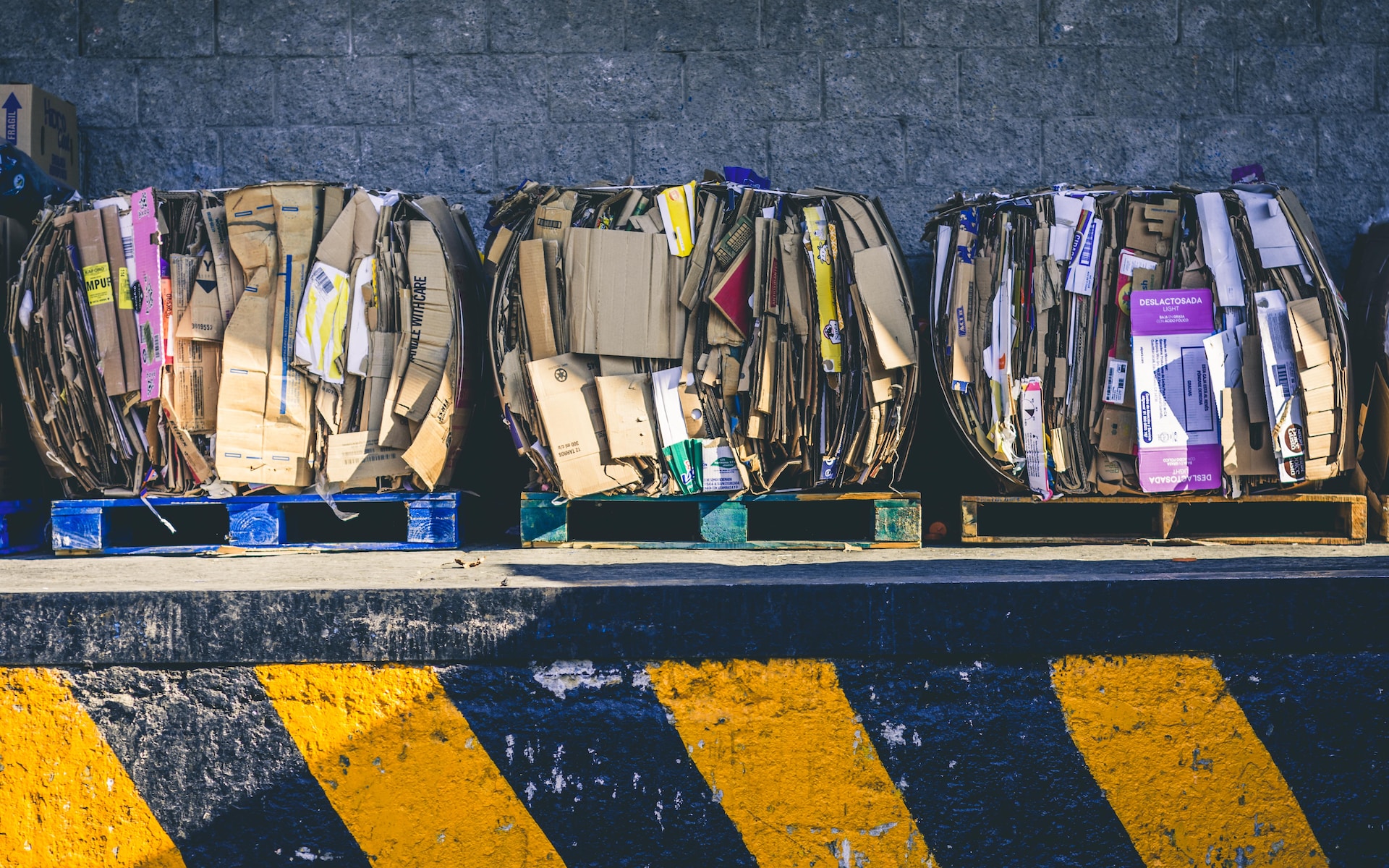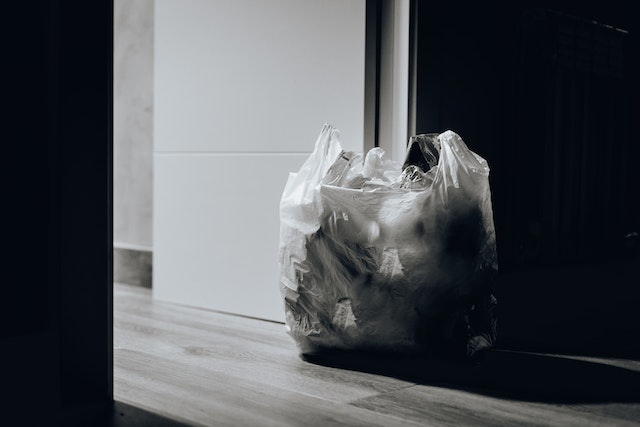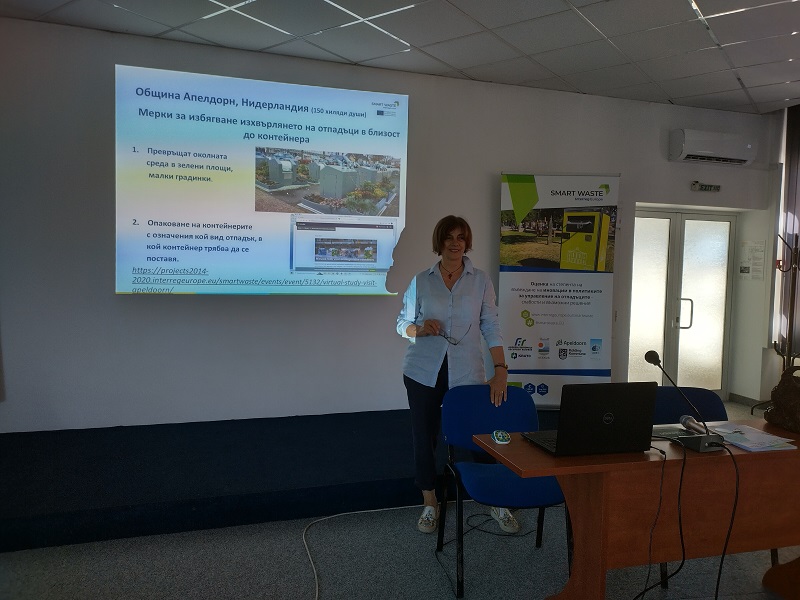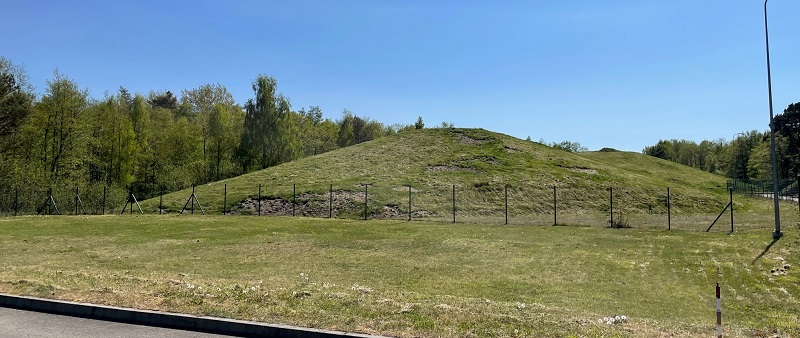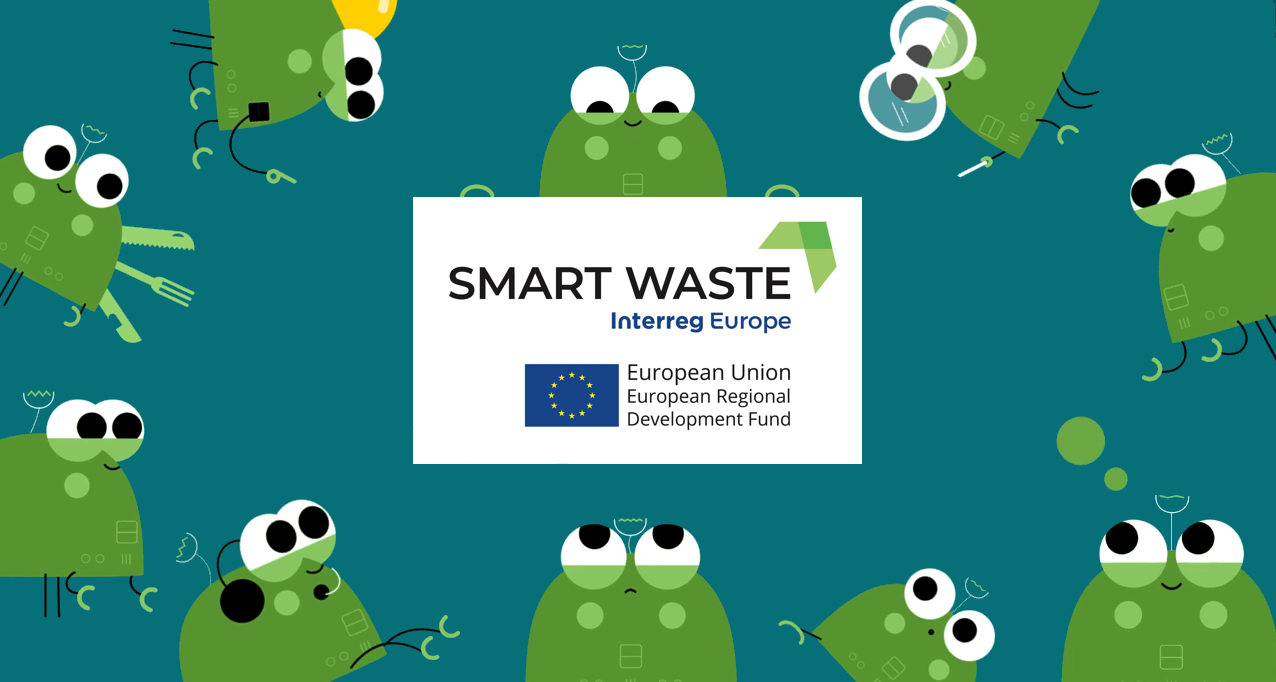 On 23 June 2020 the municipality of Apeldoorn and its waste collector Circulus-Berkel evaluated the municipality’s waste management policy. Post-its helped to highlight pro's and con's of different policy instruments and their effects.
On 23 June 2020 the municipality of Apeldoorn and its waste collector Circulus-Berkel evaluated the municipality’s waste management policy. Post-its helped to highlight pro's and con's of different policy instruments and their effects.
Apeldoorn’s strategic policy is called ‘Recycle Service 2025’. Its goal is derived from the national Dutch goal:
- 80 kg of residual waste/person/year in 2020 and 30 kg in 2025;
- A separation rate of 75% in 2025 and a complete circular economy in 2050.
Items evaluated
The main instruments are:

Extra items were added:
- Finance (in general);
- Minimum policy – remission of waste charges if you have a minimum income (already in place before the introduction of the Recycle Service 2025);
- Participation of citizens and communication with them;
- General – items which could not be labeled under a specific instrument.
An additional policy instrument involving a food scraps grinder which will be used in a pilot to renovate a flat in Apeldoorn was mentioned, but as it is not currently allowed by law it has not been implemented.
The outcome
In general, the amount of residual waste and the separation rate obtained in the first quarter of 2020 proves that the policy is so far successful:
- 66 kg of residual waste/capita/year;
- A separation rate of 79%.
To be noted that these results are obtained at a moment when just half of the municipality switched towards the new policy. It is very encouraging!
Positive aspects of “Recycle Service 2025”
- A total package is delivered. People can choose to keep their residual waste bin and they can separate diapers;
- Lots of service for inhabitants. They get extra support when they are less abled and a financial contribution for medical waste;
- The free amount of bulky waste is raised up to 400 kg/household/year and the opening hours for bringing them are extended;
- A very extensive participation and communication of the plans and what was going to happen including 25 well visited walk-in evenings. Since, citizens were already involved during the policy making, some adjustments were made (extra service and offering the option of keeping their residual waste bin);
- The physical combination of the bulky waste intake station with the Thrift store ensures less residual waste;
- People do separate their waste a lot – the financial incentive does work.
People show some resistance when having to change their behaviour but most of them find the policy change a logical step towards obtaining more raw materials and less residual waste.
Challenges
- Dumping and additional placements;
- Pollution of raw materials (primarily with organic waste and PMD (plastic, metal and beverage cartons));
- Finance – will ‘pay as you throw’ still be working when people will throw away less and less residual waste?;
- Diaper recycling is still in an experimental phase and currently handled as residual waste.
Another challenge is represented by the village of Klarenbeek which is separated into 2 municipalities with different waste management policies and an outside area. One part of Klarenbeek had to pay for keeping their residual bin and having to pay per emptying, unlike the other part. For the outside area, the distance to the nearest underground container can be too far. In this case, it is hard to stick to the policy creating differences for inhabitants.
Dumping and additional placements
The only good solution for dumping is enforcement. It requires for example surveillance at night in order to catch offenders during the crime. Sometimes it is possible to redesign a popular dumping spot, but in most cases, dumping will be transferred to a different spot.
Additional placements have been addressed by several successful pilots with city gardens and a clean and clear facility. Nevertheless, they must be quickly removed as it attracts extra placements.
Raw materials pollution
If more than 5% of a batch of recyclable waste is polluted, the whole batch is rejected. Pollution is thus a big issue. There is a difference between on purpose pollution and accidental due to a lack of knowledge. On purpose can be checked when picking up the bin: if it’s too heavy (especially with PMD). It will not be emptied and a label will be put on the bin. In some cases, even this doesn’t work.
There is a lot of misunderstanding for PMD. Nowadays only packaging material may be put into the PMD bin, because the industry pays only for the material they bring into the environment. People expect when something is of metal, plastic and/or beverage cartons it can be dropped in the PMD bin. They think it is about recycling instead of the responsibility of the packaging companies only. Unfortunately, the information app of Circulus-Berkel does not explain why a certain piece has to be in the residual waste bin.
Originally a waste coach was part of the original plan, but due to cost cutting it has been removed.


